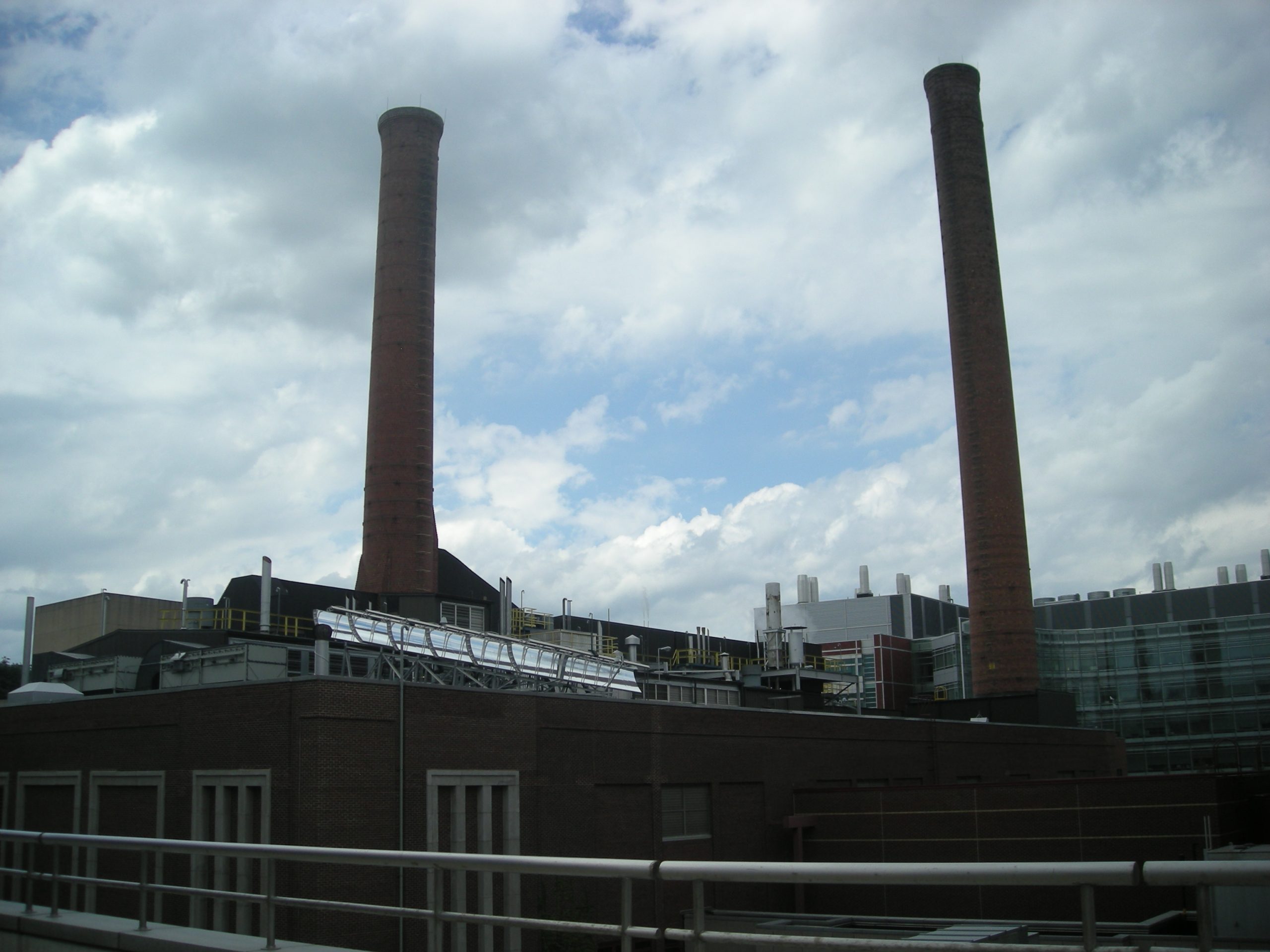https://ieeexplore.ieee.org/document/1043177
https://ieeexplore.ieee.org/document/1043178

https://ieeexplore.ieee.org/document/1043177
https://ieeexplore.ieee.org/document/1043178
This content is accessible to paid subscribers. To view it please enter your password below or send mike@standardsmichigan.com a request for subscription details.
The role of the education industry in the Internet of Things (Iot) zietgeist can be understood in terms of its stakeholder position in each of the three interest categories identified in a document at the foundation of the US standards system; one that bears similarity to due process requirements for technological transformation in other nations*:
The IoT zietgeist is fundamentally an electrotechnology transformation and therefore it is wise to collaborate with the US National Committee to the International Electrotechnical Commission, with educational institutions in other nations who are members of the the International Electrotechnical Commission, the International Organization for Standardization, the International Teleommunications Union; and other ad hoc consortia in the IoT space.
These organizations provide a template for the development of IoT strategy for every member nation, for every industry; including the education industry. No government regulations in any nation or any industry will be crafted without the foundation they assemble
In prospect IoT still seems a gauzy, abstract conception for the #SmartCampus but in retrospect we already see it in power-over-ethernet lighting systems, for example (CLICK HERE). We see it in micro-transportation, campus security surveillance systems, massive open online curriculum and the like. We collaborate most closely with the IEEE Education & Healthcare Facilities Committee (IEEE E&H) to develop opportunities to lower #TotalCostofOwnership as this transformation gathers pace. As always, we hunt down cost-saving opportunities that appear on building construction bid tabs and per-square-foot operation and maintenance costs.
As the world’s largest professional association, the IEEE is a driver for this transformation and its Standards Association has begun administering a new standardization project to manage (i.e.) mitigate obvious IoT architecture divergence titled: P2413 Standard for an Architectural Framework for the Internet of Things. From the project prospectus:
This standard defines an architectural framework for the Internet of Things (IoT), including descriptions of various IoT domains, definitions of IoT domain abstractions, and identification of commonalities between different IoT domains. The architectural framework for IoT provides a reference model that defines relationships among various IoT verticals (e.g., transportation, healthcare, etc.) and common architecture elements. It also provides a blueprint for data abstraction and the quality “quadruple” trust that includes protection, security, privacy, and safety.” Furthermore, this standard provides a reference architecture that builds upon the reference model. The reference architecture covers the definition of basic architectural building blocks and their ability to be integrated into multi-tiered systems. The reference architecture also addresses how to document and, if strived for, mitigate architecture divergence. This standard leverages existing applicable standards and identifies planned or ongoing projects with a similar or overlapping scope.
IEEE P2413 Architectural Framework for the Internet of Things PAR
This project was launched in 2015 but has been revised by the IEEE Standards Association this month and has been posted for public comment. It will be referred to the IEEE E&H Committee hosted every other week in Europe and the Americas. Those teleconferences — one at 15:00 Central European Time and 3:00 PM Eastern time in the Americas, are open to anyone. CLICK HERE for login credentials. Of course, we are happy to discuss IoT in general terms any day at 11 AM Eastern time during our standing daily teleconferences. Use the login credentials at the upper right of our home page.
Issue: [16-118]
Category: Administration & Management, Electrical, Information and Communications Technology, Facility Asset Management, Information, International, Telecommunications, US Department of Energy
Colleagues: Mike Anthony, Jim Harvey, Kane Howard, Chad Jones
* ANSI Essential Requirements: Due process requirements for American National Standards
This content is accessible to paid subscribers. To view it please enter your password below or send mike@standardsmichigan.com a request for subscription details.
We collaborate with the IEEE Education & Healthcare Facilities Committee; a subcommittee of the Industrial Applications Society, which provides a platform for leading practice discovery among electrical engineers who are responsible for electrotechnologies in school districts, colleges, universities and university-affiliated healthcare systems.
In many cases, with research university power systems with upwards of 100 megawatts of base load supplying campuses and academic medical centers, many campus power systems are larger than investor owned, municipal or cooperatively-owned electrical utilities. In recent years, many large educational organizations are selling their power systems to private industry to own and operate, for example.
The committee meets every other Tuesday — 14:00 Central European time and 2:00 PM Eastern time in the Americas. Standards Michigan also hosts its own colloquium on Power at least once per month. See our CALENDAR for the next online meeting; open to everyone.

University of Michigan Central Power Plant; the largest of the several heating plants that generate electricity. located at load centers on the Ann Arbor campus.
New update alert! The 2022 update to the Trademark Assignment Dataset is now available online. Find 1.29 million trademark assignments, involving 2.28 million unique trademark properties issued by the USPTO between March 1952 and January 2023: https://t.co/njrDAbSpwB pic.twitter.com/GkAXrHoQ9T
— USPTO (@uspto) July 13, 2023
Standards Michigan Group, LLC
2723 South State Street | Suite 150
Ann Arbor, MI 48104 USA
888-746-3670
